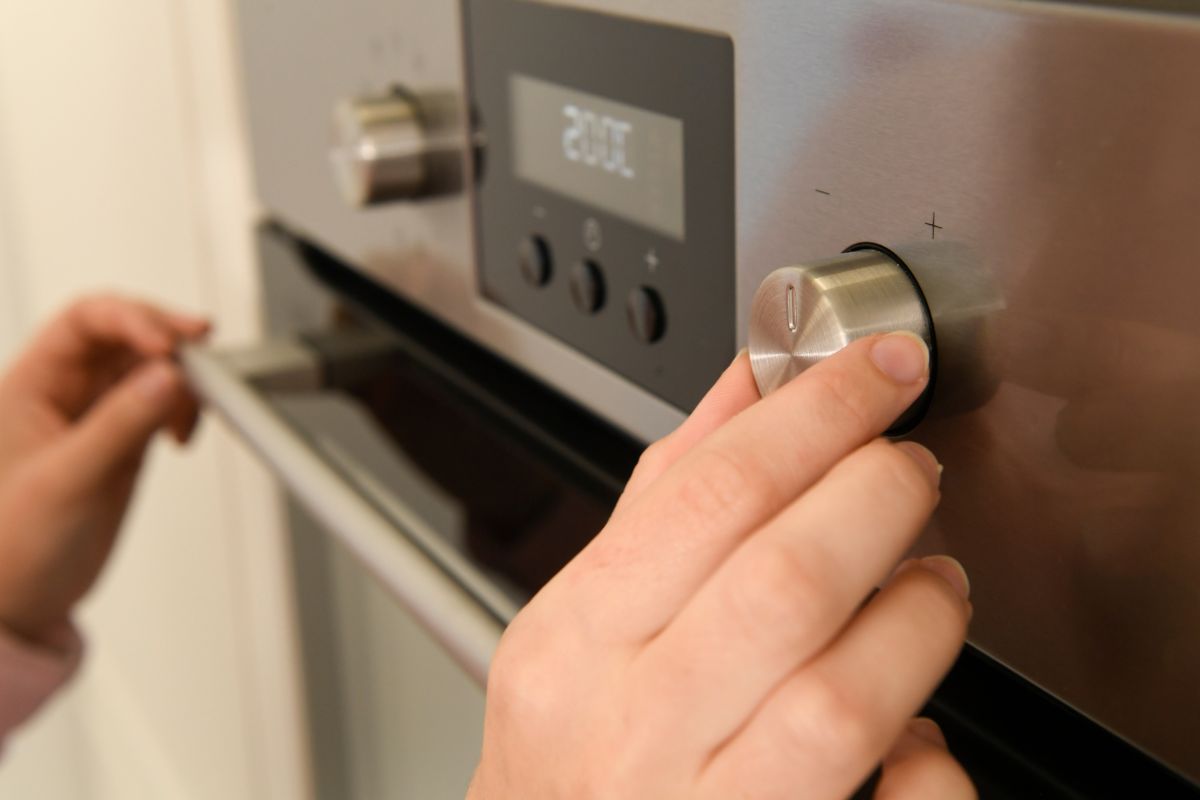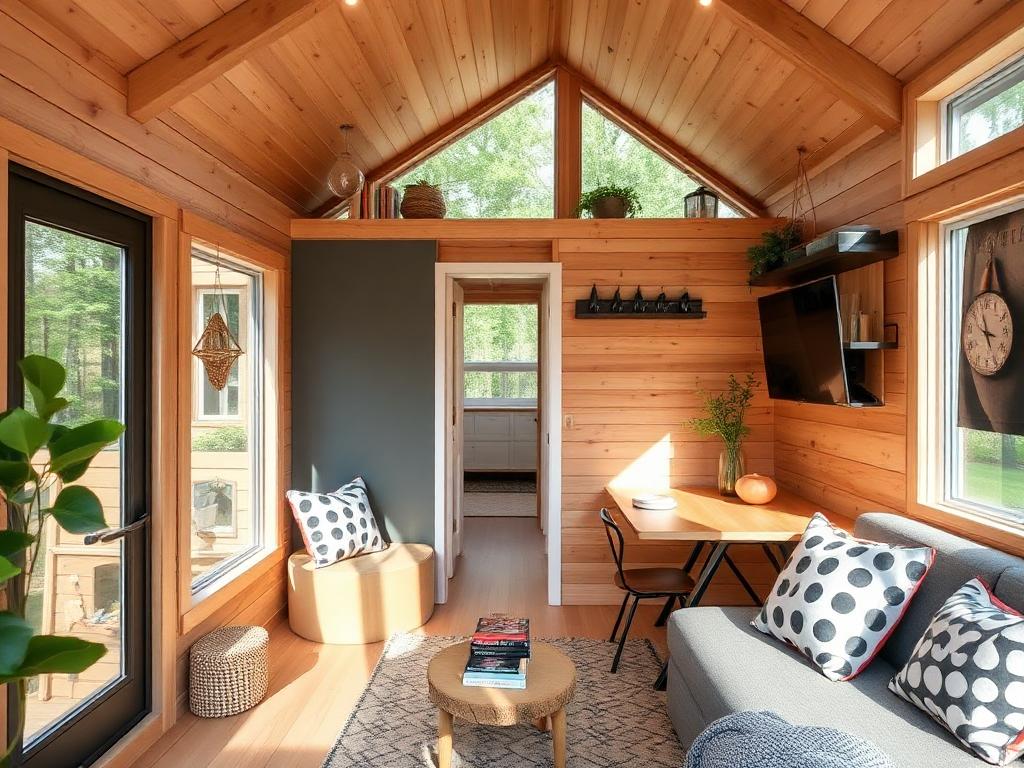Understanding Basic Oven and Stove Functioning
Whether powered by gas or electricity, ovens utilize heating elements to evenly distribute heat throughout the cooking chamber. Gas ovens operate with burners that ignite to generate heat, while electric ovens rely on glowing red-hot heating elements for cooking. Stoves are equipped with either electric coils or gas flames, directly heating pots and pans placed atop them.
Understanding these foundational functions is key to troubleshooting common issues like uneven cooking or heat distribution problems. Regular maintenance, such as cleaning burners and inspecting heating elements, ensures these appliances perform optimally and have a prolonged lifespan. By gaining familiarity with how ovens and stoves function, you can effectively identify and resolve potential operational issues.
For specialized assistance, always choose local experts. For example, you’re in Marietta, consider consulting Marietta appliance repair experts who offer expertise in diagnosing and repairing kitchen appliances to keep your cooking experience seamless and efficient.
Oven Not Heating Up
When your oven fails to heat up, it can disrupt meal preparation and be frustrating. This issue often stems from a malfunctioning heating element, which can either be the bake element at the bottom or the broil element at the top of the oven. A common cause is a burnt-out element that needs replacement. Over time, these elements can deteriorate and eventually stop working, usually indicated by a lack of red glow or insufficient heating during use.
Another possible culprit is a faulty temperature sensor, which plays a crucial role in regulating the oven's temperature. This sensor ensures that the oven heats to the correct temperature and maintains it throughout the cooking process. If the sensor fails, it may cause the oven to heat inconsistently or not at all. Check for any visible signs of damage to the heating elements, such as cracks or breaks. These physical damages can impede the oven's ability to heat up as the electrical current cannot flow properly through a broken element.
Sometimes, a loose electrical connection to the heating element can also cause heating problems. This might be due to vibrations over time or poor initial installation. Tightening these connections or having them professionally checked can resolve such issues.
If troubleshooting these basic components doesn't solve the issue, it may be necessary to consult a professional technician for further diagnosis and repair. Such experts can provide more detailed inspections, identify less obvious faults like electronic control malfunctions, and ensure that the repair is carried out safely and effectively.
Uneven Cooking
Gas uneven cooking in your oven can lead to frustration, especially when dishes come out partially undercooked or burnt. This issue typically arises due to inconsistent heat distribution within the oven cavity, a common problem in gas ovens where the heat originates from a single source and may not circulate effectively.
Factors contributing to uneven cooking include improper rack placement, where food may be too close to heating elements or too far away. Placing racks too close to the heat source can cause the bottoms of dishes to cook faster than the tops, while placing them too high might lead to overcooked tops and undercooked bases. Adjusting the rack positions based on what you’re cooking can help achieve more even results.
Using a baking stone or pizza stone can help mitigate uneven heating by absorbing and radiating heat more evenly throughout the oven. These stones store heat and release it slowly, which can significantly smooth out temperature fluctuations that lead to uneven cooking. Additionally, check the oven door seal for any damage or wear, as a compromised seal can lead to heat loss and further contribute to uneven cooking. A well-sealed door ensures that all the heat generated stays within the oven, maintaining a consistent temperature.
Cleaning the oven regularly, especially removing any food residue or grease buildup from heating elements and walls, can also improve heat distribution. Accumulated grease and residue can absorb heat, preventing it from spreading evenly throughout the oven cavity. Keeping these elements clean ensures that heat is distributed as designed.
If uneven cooking persists despite these measures, it may indicate a more complex issue with the oven's internal components, such as the thermostat or heating elements, requiring professional inspection and repair. The thermostat, for example, might be defective and not registering the correct temperatures, or the igniter for the gas oven might be weak, affecting the oven's ability to maintain heat.
.jpeg)
Electric Stove Burner Malfunction
When an electric stove burner malfunctions, it can disrupt cooking and be frustrating to deal with. Common issues include burners that fail to heat up or heat unevenly. This can often be attributed to a faulty burner element, which may be damaged or worn out over time. Elements can suffer from prolonged use and exposure to high temperatures, leading to efficiency issues or complete failure.
Inspect the burner element for any visible signs of damage, such as cracks, breaks, or discoloration. Such physical defects can prevent the burner from heating correctly as they interrupt the electrical flow that is essential for generating heat. Sometimes, the issue may lie with the socket or connection where the burner plugs into the stove. It's crucial to ensure that the burner is securely plugged in and that there are no loose connections, as these can also cause poor heating performance.
Cleaning the burner socket and contacts can also help improve electrical conductivity and resolve heating issues. Over time, debris and residue can accumulate at these connections, obstructing the flow of electricity. A simple cleaning with a suitable brush or cloth might restore full functionality.
If troubleshooting these basic steps does not resolve the problem, it may be necessary to replace the burner element or seek professional assistance to diagnose and repair more complex electrical faults within the stove.
Furthermore, it’s advisable to check the control switches and the wiring as well. Faulty switches or deteriorated wires can lead to inadequate power delivery to the burner. Sometimes the problem might even be related to the internal thermostat or control board, which regulates the power supplied to the burners.
Oven Door Issues
The oven door plays a critical role in maintaining proper cooking conditions by sealing in heat and preventing heat loss. Common issues with oven doors include faulty hinges, damaged seals, or issues with the door closing properly. Inspect the hinges for any signs of wear, such as squeaking or difficulty in opening and closing the door smoothly.
Damaged hinges can prevent the door from sealing tightly, leading to heat loss and inefficient cooking. Additionally, check the door seal, also known as the gasket, for any tears, cracks, or signs of wear. A compromised seal can allow heat to escape, affecting cooking temperatures and efficiency. Replace the door seal if it's damaged to ensure optimal heat retention inside the oven. If the oven door does not close properly, it may indicate alignment issues or problems with the latch mechanism.
Adjusting the door alignment or tightening loose screws on the latch can often resolve these issues. Regular cleaning around the door edges and hinges, removing any food debris or grease buildup, can also help maintain smooth operation and extend the lifespan of the oven door components. Understanding these potential issues and performing regular maintenance can help ensure that your oven door functions properly, enhancing cooking performance and energy efficiency.
Living in a tiny home means optimizing every inch of space, and your kitchen appliances play a significant role in that. When choosing appliances for your tiny home, it's crucial to select ones that are reliable and space-efficient. This ensures not only convenience but also space savings, allowing you to make the most of every corner of your living space.
High-quality, compact ovens and stoves can prevent many common problems such as uneven heating or malfunctions. This makes your tiny home living experience more enjoyable and hassle-free, letting you benefit from all the advantages of modern technology without unnecessary issues. In case of serious malfunctions, you can always turn to professionals who have the expertise in diagnosing and repairing household appliances, providing fast and quality service.
Choosing reliable and compact appliances for your tiny home is key to creating a comfortable and functional living space. This allows you to focus on important things and enjoy every moment of living in a cozy and efficiently organized environment.






Share: